Cat Mythology, Myths and Legends
Most of us are familiar with some cat mythology, and many cat tales are found all around the world from ancient times to the present day.
Cats always fascinated us, they are a symbol of grace and poise. Many of the myths and legends surrounding cats have a kernel of truth at their foundation. From the Egyptians came the legend that a cat has nine lives.
The Egyptians worshiped the cat and gifted it with nine lives, most likely for it's nimbleness and ability to land on its feet without being harmed.
There are many cat stories and tales, here we will bring you the best and most interesting ones.
Egyptian Cat
In Ancient Egypt cats were known as Mau. About 4000 to 5000 years ago cats were domesticated and accepted members of the households of Egypt. Many of the breeds we now know have evolved from these ancient cats.
The Egyptians were the first to keep and use cats to hunt fish and birds as well as to destroy the rodents that infested the grain stocks along the Nile.
Cats were considered so valuable that the Ancient Egyptians protected it by law (which they imposed the death penalty for killing cats - deliberately or not), they were revered as hunters and worshiped as gods.
Cat Mythology Fact #1: While there were many other feline goddesses worshiped by the Ancient Egyptians, Bast, also known as Basted, was the only one represented as a domestic cat. Cats were believed to be a manifestation of the goddess Bast.
Bast had many roles, including the goddess of protection, fertility, the moon, and also the protector of all cats.
Cat Mythology Fact #2: This sacred animal was so important to the Egyptian society and religion, that after the cat's death, its body was mummified and buried in a special cemetery.
Also, the Egyptians had strict laws prohibiting the export of cats. However, because cats were valued in other parts of the world for their rat-catching prowess, Phoenician traders often smuggled them out and sold them to the Mediterranean countries. Domestic cats were also found in India, China, and Japan where they were prized as pets as well as rodent catchers.
Other cultures had different views of cats. Some embraced them, others detested them. Over the subsequent centuries, the domesticated cat proliferated throughout Europe, the Middle East, and China. Though no longer worshiped as deities, cats were still honored and appreciated for their mousing abilities no matter where they turned up.
Cat Mythology Fact #3: By the 11th Century, about the time the
Crusades began, cats were in huge demand since the rats were beginning
to overrun the cities. Domesticated cats could now be found as far as
Scotland.
Cat in Celtic Lore
Cats, domestic and wild, were also sacred to the goddess in Celtic mythology, and they were considered a potent totem animal of several clans.
They believed that cats were guardians of the of the gates to the Otherworld, guardians of their treasures and also bring to the people the wholeness, as a spiritual link between humans and the universe.
That cats are magical creatures, mysterious
and sensual. However, black cats in Celtic lore were considered evil,
and were sacrificed.
Norse Legend
Cats are sacred to Freya, the goddess of love and beauty, one of the original fertility goddesses of the region. Freya is viewed as the protector of the weak, healer, granter of magic and source of love and peace.
The chariot of Freya is drawn by two large cats, other cats were also associated with this kind and loving goddess.
All cats were secret to Frea, and farmers would leave out precious milk for them, to ensure that she blessed their harvest. When a bride had good weather on her wedding day, people would remark, 'She has fed the cat well', meaning that she had kept the goddess of love on her side. And, if a cat appear at the wedding it was a sign of a very happy marriage.
Black Cats - Cat Mythology
During the Middle Ages, the Christians, however, hated cats and attempted to kill them off. They associated cats with witchcraft and Satan, much like the feared black cat of Halloween, often seen riding with a witch on her broomstick.
They were trying to establish Christianity as the only religion, and felt compelled to destroy all remnants of other cultures. The Church began what turned out to be a 1000 year killing spree of cats.
When the cat population was depleted, diseased rats took over, and spread the plague. Since many people were sick and dying, the killing of cats stopped, and they were able to hunt the mice causing the plague.
Cat Mythology Fact #4: Shortly after the cats helped obliterate
the plague, the Catholic Church placed blame on the cats, and once again
persecuted them.
Cat Mythology - Japanese Cats
Maneki Neko is Japanese for "beckoning cat," Maneki Neko are revered throughout Japan for drawing good fortune and awarding of evil spirits. The beckoning cat originated during Japan's Edo period and its function derives from centuries old talismanic practices.
Although Maneki Neko was created during the
19th and 20th centuries, where the Maneki Neko are traditionally
represented by a bobtail-type cat seated upright with one paw raised to
the side of its head.
Pussy Willows
According to an old Polish legend, a mother cat was crying at the bank of the river in which her kittens were drowning.
The willows at the river's edge longed to help her, so they swept their long graceful branches into the waters to rescue the tiny kittens who had fallen into the river while chasing butterflies.
The kittens gripped on tightly to their
branches and were safely brought to shore. Each springtime since, goes
the legend, the willow branches sprout tiny fur-like buds at their tips
where the tiny kittens once clung.
The Holy Man and Cat Mythology
In the Islamic community, cats were respected and protected at least in part because cats were loved by the Prophet Mohammed.
According to folklore, Mohammed's cat once fell asleep on the sleeve of his robe, and rather than awake the cat, the Prophet cut off the sleeve of his robe.
It is also believed that the "M" marking on
the forehead of the tabby cat was created by the Prophet Mohammed when
he rested his hand on the brown of his favorite cat.
Cats and the Weather
During atmospheric changes, cats are said to act strangely and may seem uneasy, even tearing at cushions or carpets, it is said during these episodes that a cat is "raising the wind."
The truth of the matter is that a cat has a superior nervous system and by the condition of its fur, it can sense approaching changes in the weather before humans can.
The electricity in the air causes a cat to
rub their ears and lick their fur. When a cat washes herself in her
usual manner, there will be fair weather, but if she sits with her tail
toward the fire or licks herself above the ears, bad weather is on the
way. If a cat licks it's tail, there is rain in the forecast.
For more Cat Myths, Tales and Folklore, click here.
Return from Cat Mythology to Our Home Page
Healthy Cat Treat

Subscribe to Our Love Cats Digest e-zine
"A cat improves the garden wall in sunshine, and the hearth in foul weather." - Judith Merkle Riley
Marketing Strategies by
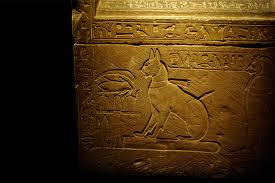
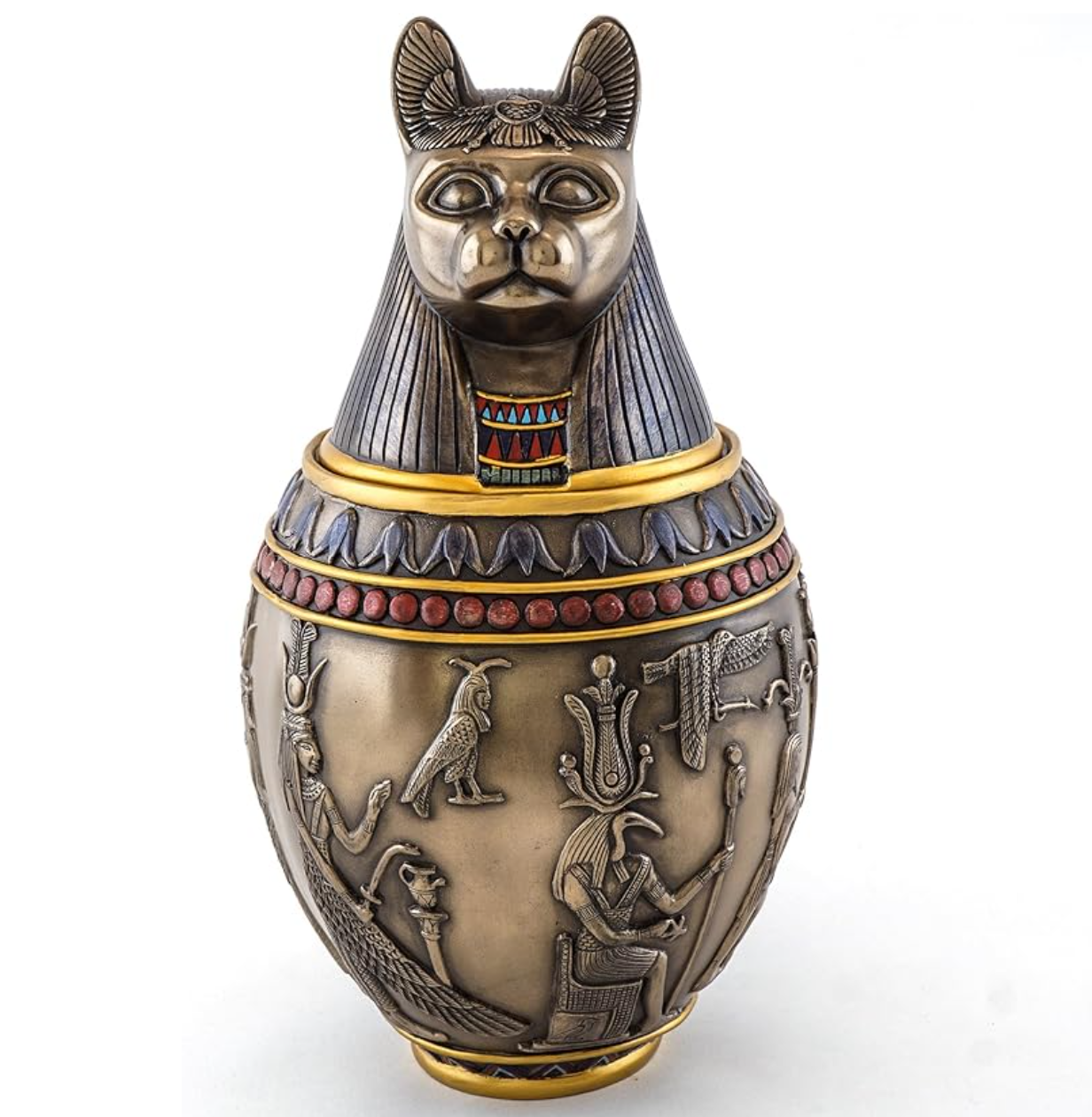
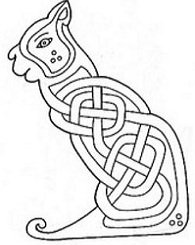
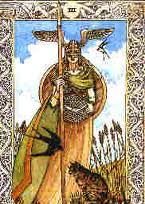
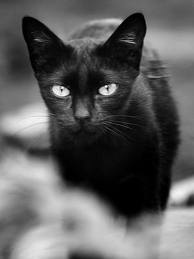
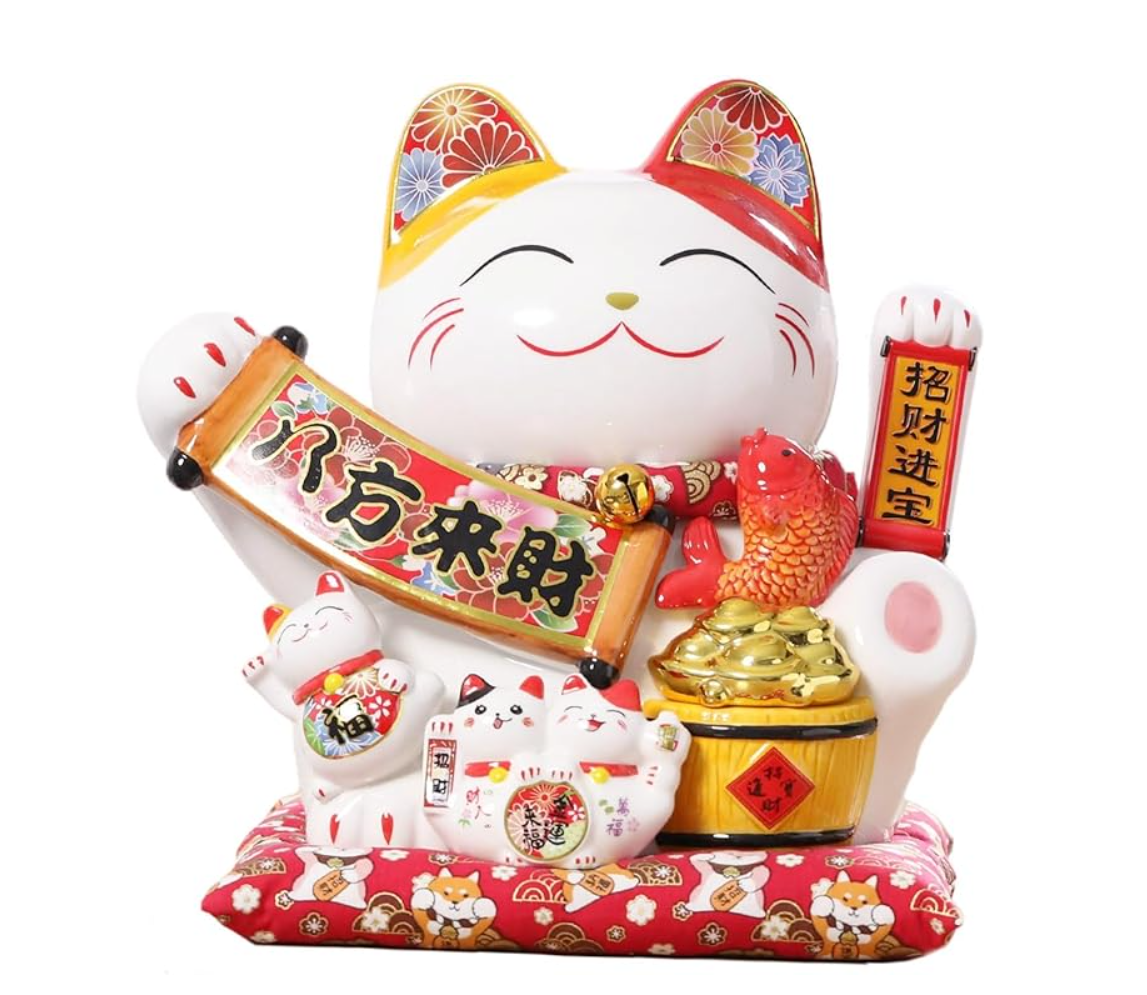
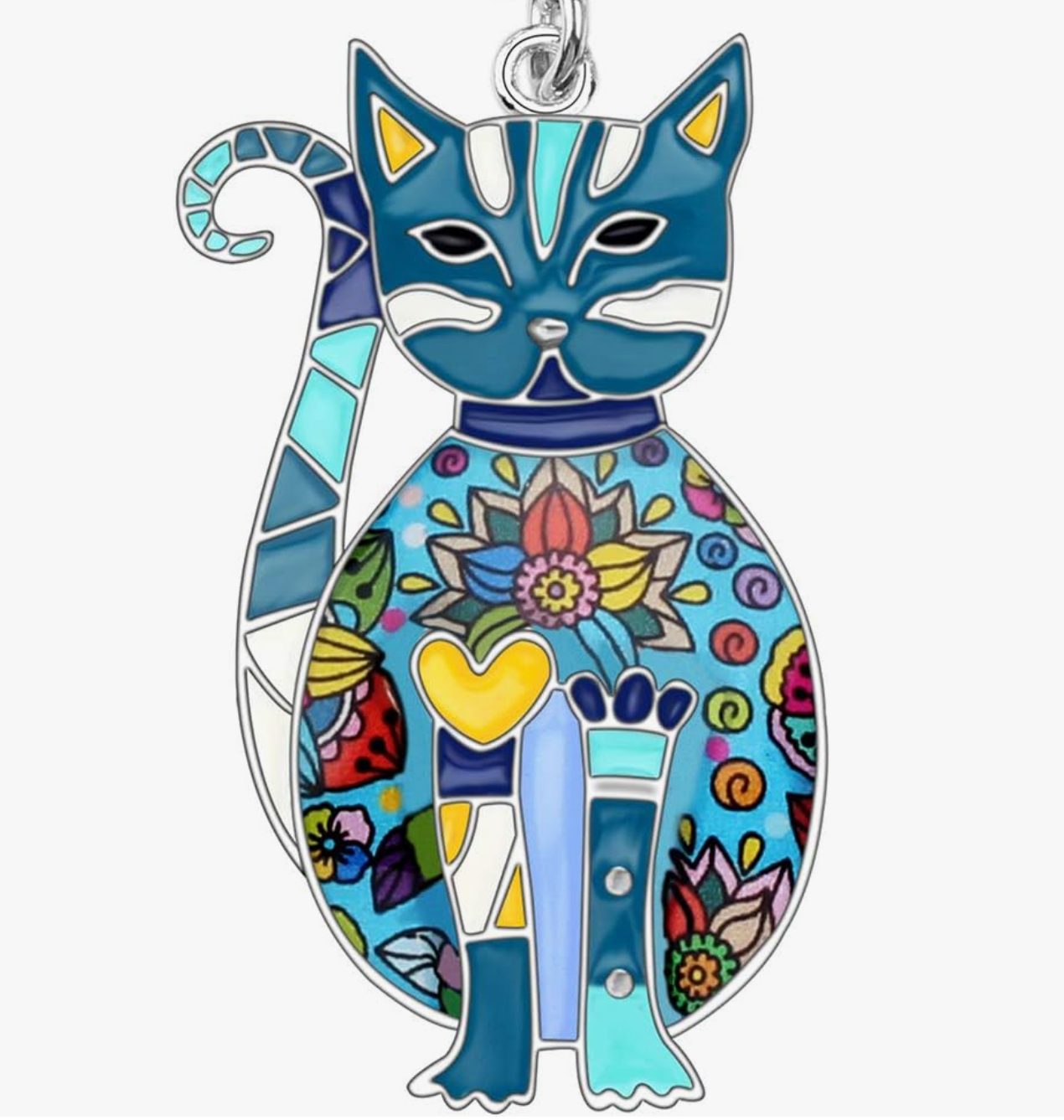
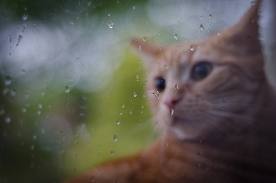







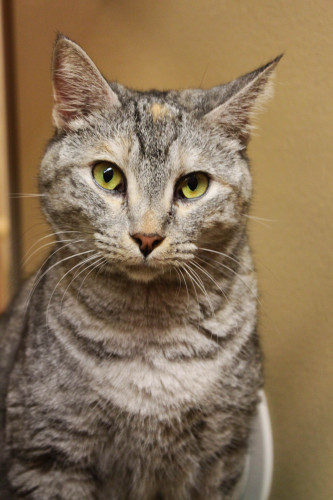

New! Comments
Have your say about what you just read! Leave me a comment in the box below.